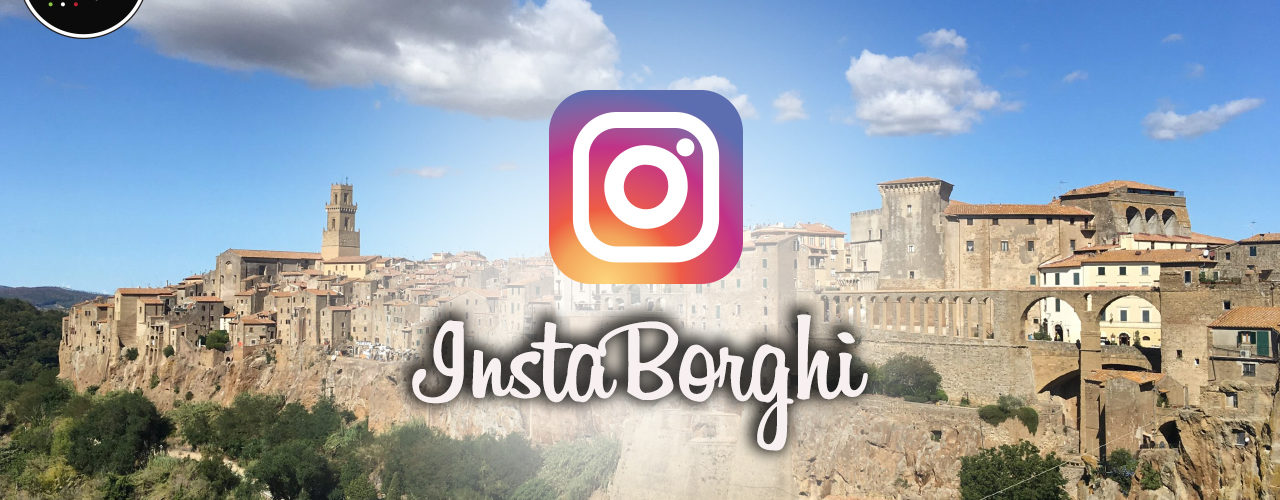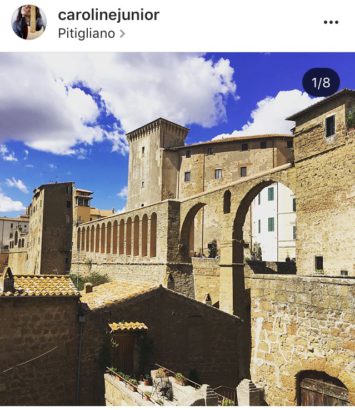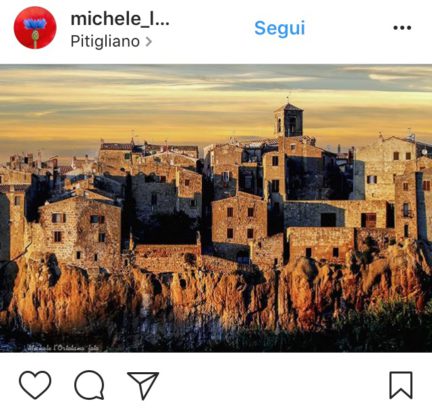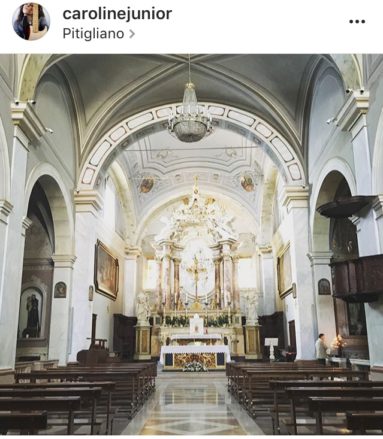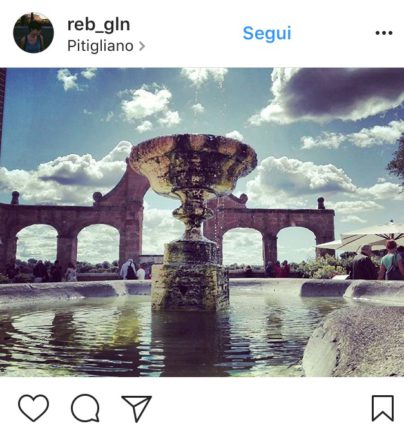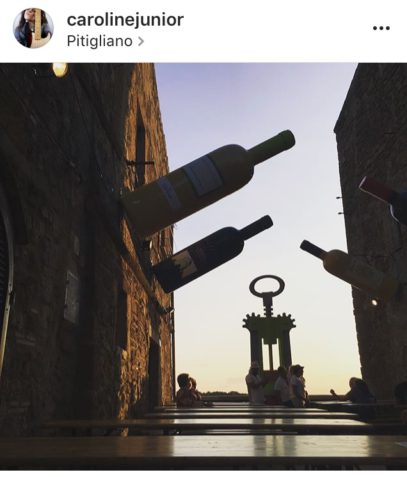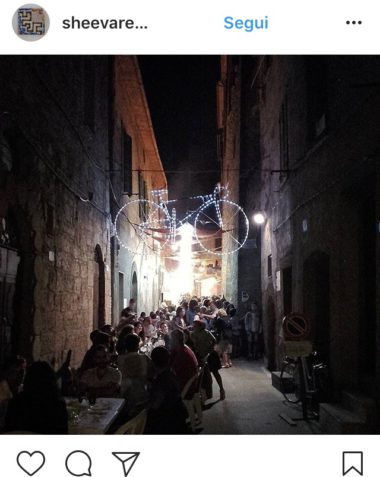Instaborghi: Pitigliano, Italy, heart in the tuff and head in the clouds
READ ME IN  Italiano
Italiano
«Instaborghi slips between the curves of the Maremma and takes you to Pitigliano, Italy, an epic village perched on the tufa, from the Etruscan bowels»
We know that Tuscany is beautiful, but going there for Instaborghi (here is the last episode) makes it even more special, because it takes you away from the large tourist aggregates to literally shell your eyes in front of the hidden wonders between hills and valleys. So, while you climb among the soft curves of the Maremma, turn the corner and you find yourself amazed in front of the magnificence of Pitigliano, Italy (institutional site), which stands in front of you like a spaceship resting on the tufa, a fantastic city that seems to come out of a fantasy tale. You have just enough time to recompose and you are already at the entrance of the village, welcomed by the Medici aqueduct, built by the Orsini but completed by the Medici, famous for the stubbornness of the work, whose construction has literally challenged the harshness of the territory on which it rests. Among the most beautiful villages in Italy, Pitigliano is a space-time gap which is perfectly in harmony with the valleys that surround it, made of wind and typical Maremma blue sky, which not even in Ireland you will find.
What to see in Pitigliano, Italy
In the curve that opens on Pitigliano, while collecting the remains of your jaw that was wide opened by the scenery, you can already stop at the Sanctuary of the Madonna delle Grazie, visit the church and enjoy the first, spectacular view from the small surrounding area. Palazzo Orsini (official site) is the main monument of the village, built around the 14th century, residence of the Orsini counts and subsequently adapted according to Renaissance canons. The interior rooms are currently home to the Museum of Sacred Art. From the square in front, three streets run parallel along the village, whilst walking you will lose sight many times in the narrow and steep alleys, at the end of which you can see the breathtaking panorama of the surrounding valley. The main street leads you straight to the Cathedral, adorned by baroque shapes and Renaissance sculptures, along with the external bell tower, one of the profiles of Pitigliano, recognizable already from a distance. In the Capisotto district, the Church of San Rocco discreetly welcomes you with its Baroque façade and beautiful interior frescoes. At the center of Pitigliano is the ghetto, in memory of half a millennium of the Jewish community that lived in this place, so as to make the village deserve the nickname of Little Jerusalem. If you’re lucky, you can take a look at one of the many cellars, underground venues dug into the tufa and carved out of the ancient tunnels, reflecting an ancient civilization, all the way up to the Etruscans.
What to do in Pitigliano, Italy
The village is the starting point of a series of Etruscan paths that wind along the surrounding valleys. Wear comfortable shoes and enjoy the walk, made of charm and mystery for the legacy of the Etruscans first and the Jews later, who in the bottom of the cities had erected places of worship, tombs, hypogea and the mysterious Vie cave, routes dug into the tuff typical of the area. The Archaeological Park of the Città del Tufo (official site), between the nearby villages of Sorano and Sovana, will lead you into the fascinating world of the necropolis and, probably, also in another dimension.
What to eat in Pitigliano, Italy
Eat the sfratto, a typical cake with honey and nuts, of Jewish origin. Legend has it that it was born in the shape of a stick to remember the custom of beating at the door of the Jews, to order them to move into the ghetto.
A little curiosity about Pitigliano, Italy
The calendar of the summer events of Pitigliano culminates in Settembre diVino (Fb page), a real celebration of local food and wine, which sees the whole village transformed into an open-air inn, with various cellars where to drink and eat: the cellar is the physical space occupied by various groups of friends, relatives and so on, to cook and serve wine at the bar. Each winery competes with the others for the annual title, awarded on points given by a jury and by the votes of the public; the competition is friendly but is intense, to the delight of tourists. During the event you can visit the many open cellars in the tufa for the occasion, a real leap in the bowels of this village, which seems to almost get lost towards the center of the earth. A must-see!
Carolina Attanasio
READ ME IN  Italiano
Italiano


